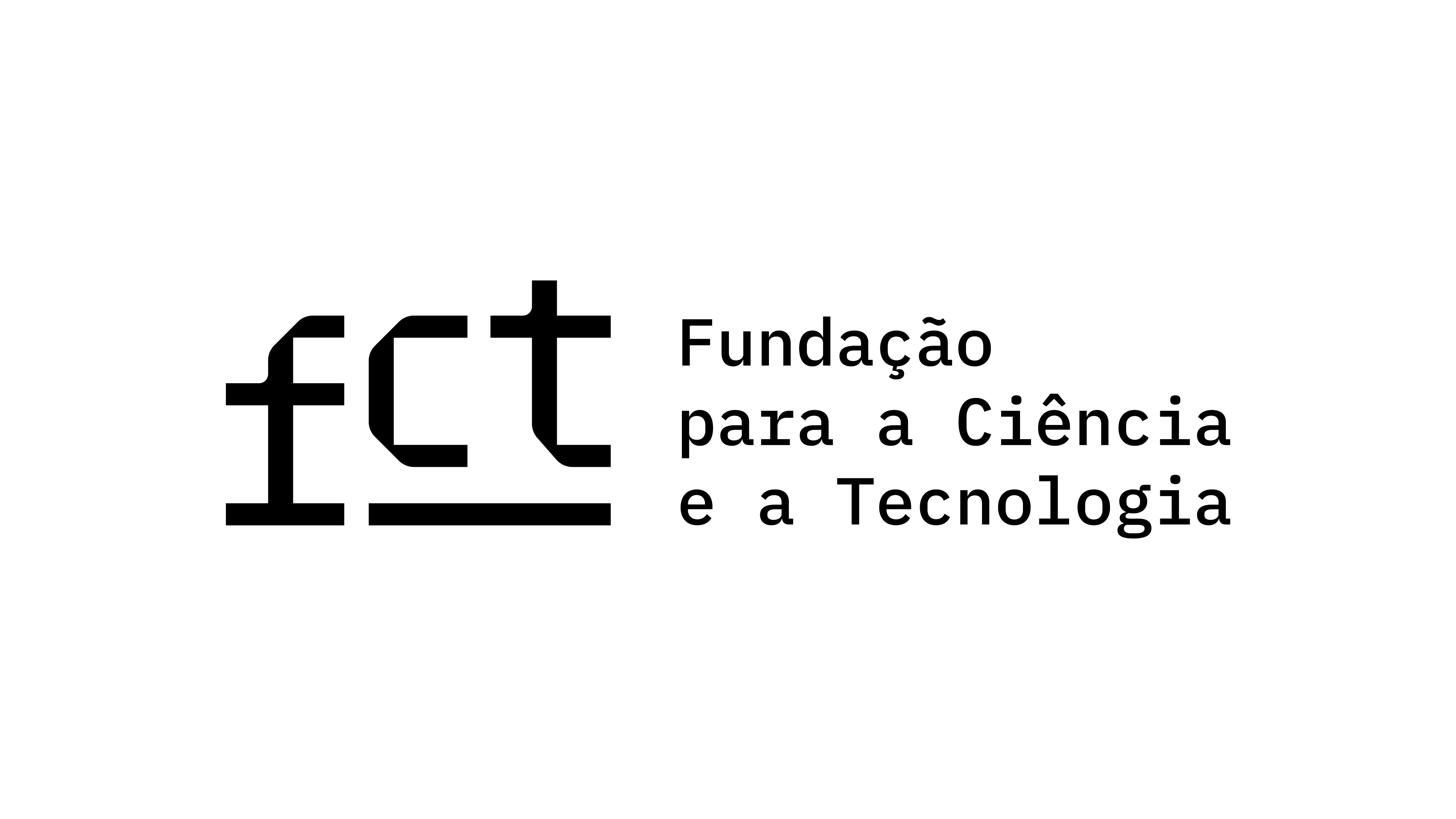The Role of the Voice in the Construction of Portuguese Documentary Space: Morais, Mozos and Tocha
Keywords:
documentary, José Álvaro Morai, Gonçalo Tocha, Manuel Mozos, voiceover narrationAbstract
Zephyr directed by José Álvaro Morais (Zéfiro, 1994), Ruins by Manuel Mozos (Ruínas, 2009) and It’s the Earth Not the Moon by Gonçalo Tocha (É na Terra Não é na Lua, 2011) depict several Portuguese places, while presenting different types of tension between images and words. In each movie, the audience is confronted with both real and symbolic spaces, the latter being created by their voiceover narrations, a feature shared by all of them. And since they focus on specific territories — respectively, the South of Portugal, Portuguese ruins and Corvo, the smallest island in the archipelago of Azores — it becomes possible to analyze the dialogical relation between filmed landscapes and the “aura” they obtain when confronted with their own voiceover commentaries.
This article aims to understand not only what these voiceover narrations awake in the images, but also where to these two narrative strengths project the spectator.





